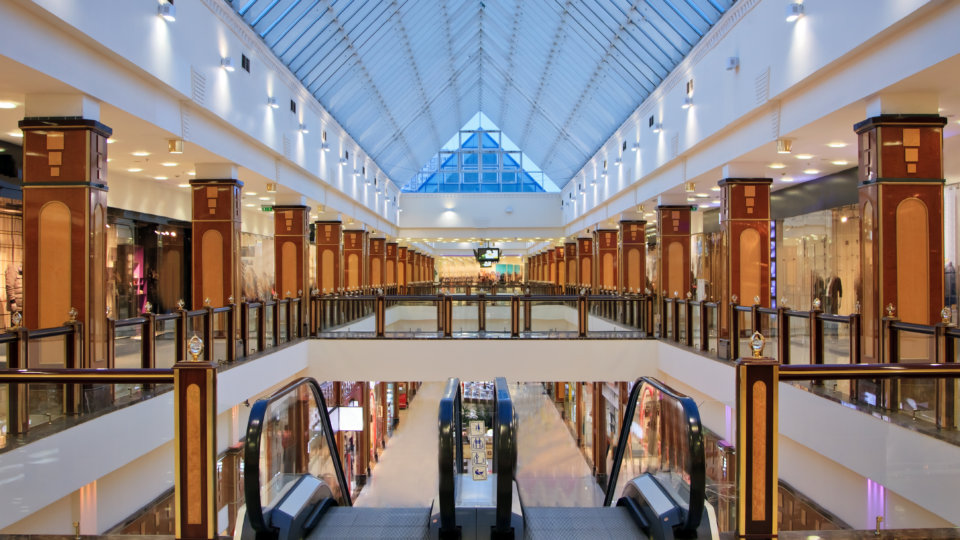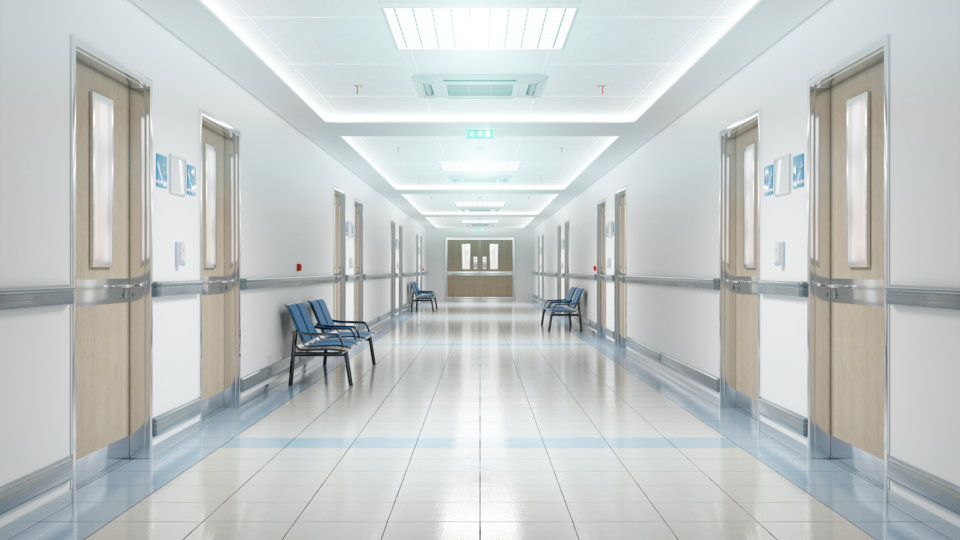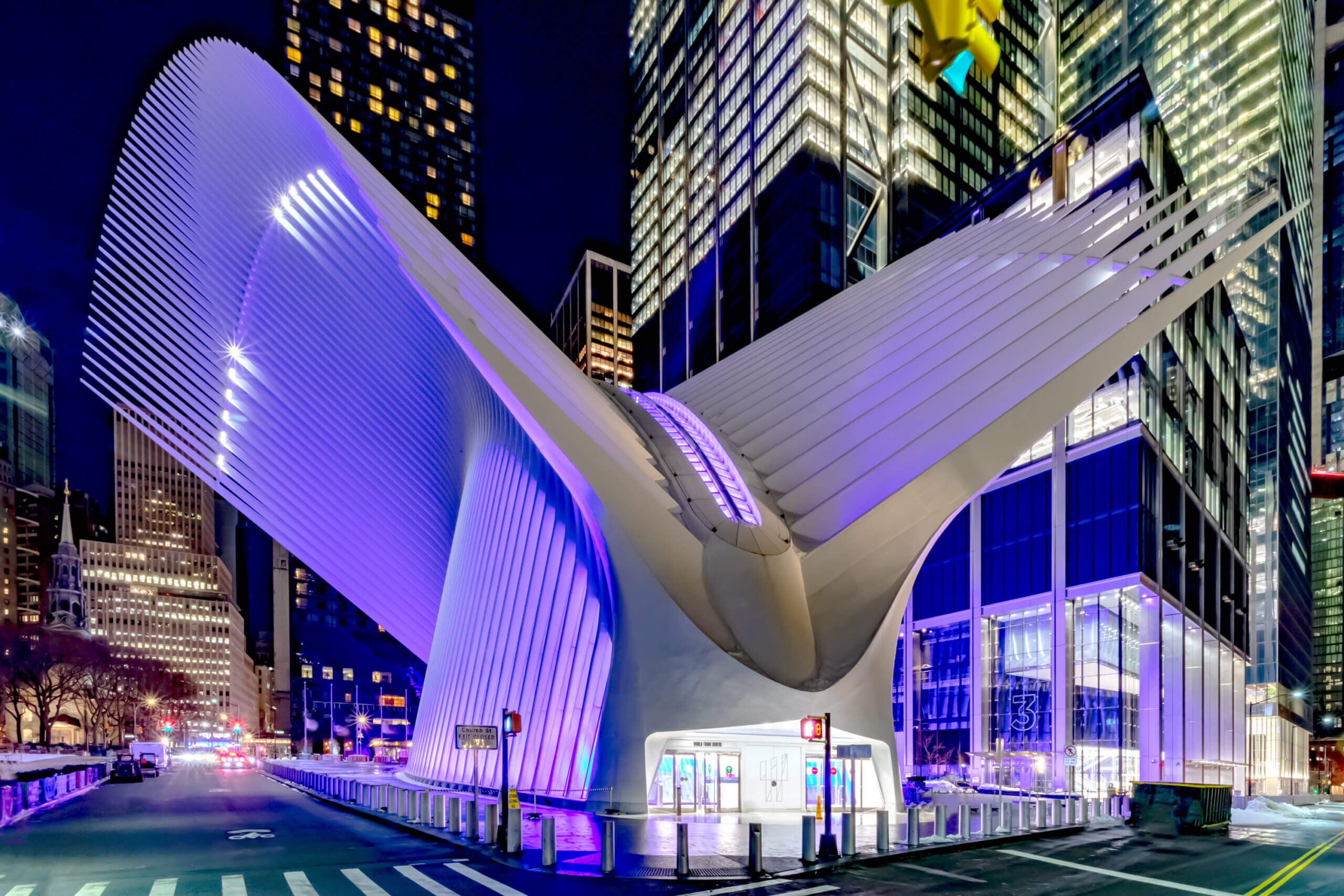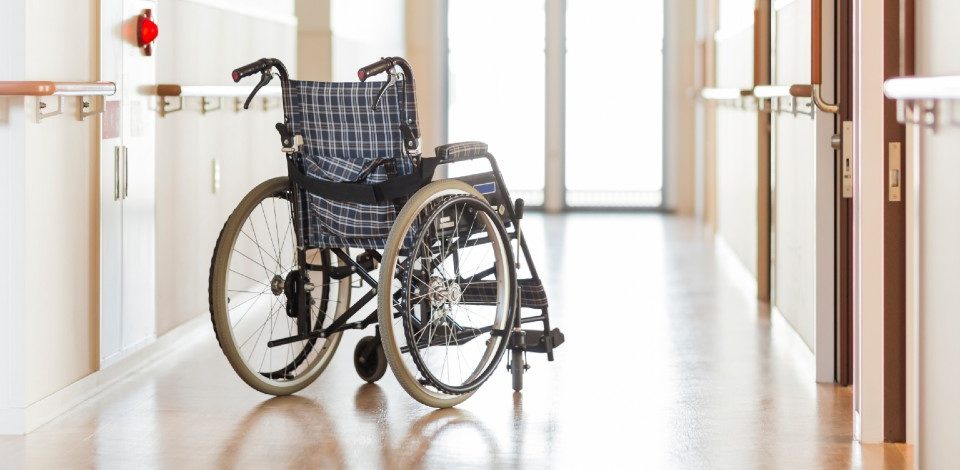Alzheimer’s disease is a terrible fate for anyone to suffer. Millions of new cases are diagnosed every year in the United States. Millions of more friends, relatives, and loved ones are affected as they watch someone they once knew seem to simply fade away from the world.
We all know the most infamous symptom of Alzheimer’s is memory loss, and there is, as yet, no cure. But there are other symptoms of Alzheimer’s that manifest alongside the memory loss, and these can be the most difficult of all to treat successfully.
Patients with Alzheimer’s also suffer from depression, anxiety, agitation, and sleep problems. These symptoms, combined with their progressive memory loss, leave patients even more alone, confused, and lost.

Source: iStock
Fortunately, these symptoms can be treated. However, it requires an approach to healthcare that goes beyond medicine, doctor visits, and counseling. To offer these patients more peace, we must look to their environment.
Improving Patients’ Symptoms with Light
Dr. Mariana G. Figueiro from the Lighting Research Center conducted a rigorous scientific survey to study how one particular environmental factor could improve patients’ symptoms. See the full lighting study in the Journal of Clinical Sleep Medicine.
That one factor? Light.
As Dr. Figueiro details in her extensive study, light levels have a profound impact on people, especially their circadian rhythms. For example, if indoor light levels are too low, it can cause people to feel more tired and agitated.
What would happen, then, if light levels were too low for Alzheimer’s patients? As the study demonstrates, lights that are too weak during the day–or too bright at night–have a noticeable impact on patients’ well-being and quality of life.
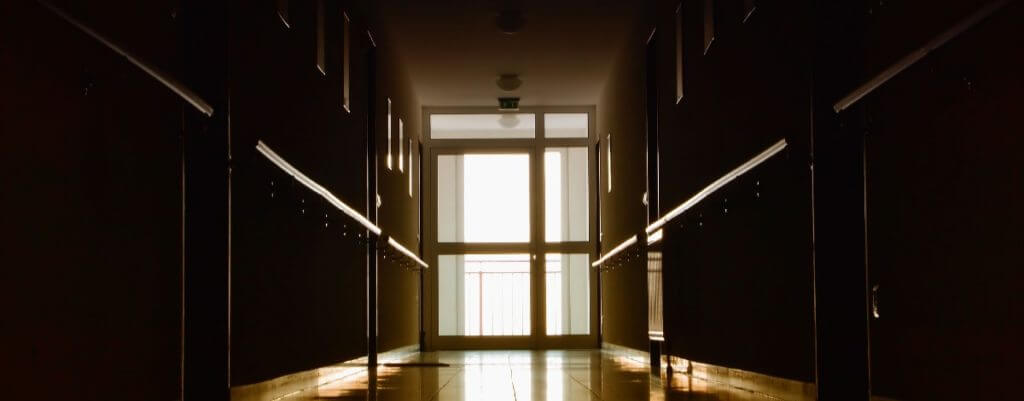
Source: IStock
Dr. Figueiro proves this point in her study by demonstrating the positive effects that appropriate light levels generally produce. Using focused, tailored “lighting interventions,” Dr. Figueiro and her team showed how patients’ sleep, mood, and activity could all be affected by something as relatively simple as how bright the lights are.

Lighting Intervention Treatment
The study used something called “lighting interventions.” These are environments created (and lit) with the intention of specifically affecting patients’ circadian rhythms. The study used regular room lighting, as well as light tables, to study patients’ reactions.
Over the course of 14 weeks, almost 50 patients participated in the study; both as active participants and as control participants. The results were noticeable and significant.
The research was conducted in 4 assisted living facilities and 4 long term care facilities in the state of New York.
Patients who were given the active lighting intervention treatment showed a marked decrease in sleep problems, depressive symptoms, and symptoms of agitation.
This kind of improvement allows for not only a better quality of life for the patients but an easier job administering care for doctors and nurses.
It all came down to circadian rhythms. The circadian rhythm is our body’s natural clock, and it is heavily dependent upon the light entering our eyes. (Interestingly, light must enter the eyes in order to significantly affect one’s circadian rhythm. Simply being exposed to light doesn’t do the trick on its own.)
That’s why, as creatures who wake when it’s bright and sleep when it’s dark, humans have developed our “standard” sleeping patterns.
By using very specific, focused lighting levels–delivered in a controlled environment–Dr. Figueiro and her team were able to help patients recover those more normal sleeping patterns. This, in turn, led to the patients being more active and experiencing fewer symptoms of depression.
Lighting Solutions are for People
While this “light treatment” can never cure the core symptom of Alzheimer’s, it is significant for its ability to treat associated symptoms that are otherwise nearly untreatable. Simply helping patients with Alzheimer’s get better sleep makes a world of difference for their overall comfort.
Using light with the specific intent to improve a patient’s sleep patterns, then, is just one more tool in our technological toolkit. For us at FSG, that is a gratifying thing to hear.
Our focus, of course, is on facilities and the people in those facilities. Our mission is to help businesses and organizations get the best facilities, so the people can, in turn, be at their best.
It’s one thing to design a lighting solution for a company. It’s something entirely different to offer peace, comfort, and relief to the people that need it most.
Thanks to our partners, GE Current, OSRAM Sylvania, and others who provided the lighting products that were used in this research project.
If you have any questions about lighting solutions for assisted living, medical facilities, and more, please call us at (512) 886-1258.
FSG has experience scaling lighting solutions across thousands of locations, with on-hand products in our distribution centers, and the partnerships that help us help you solve your toughest challenges.
About the Lighting Research Center
The Lighting Research Center (LRC) at Rensselaer Polytechnic Institute is the world’s leading center for lighting research and education. Established in 1988 by the New York State Energy Research and Development Authority (NYSERDA), the LRC conducts research in light and human health, transportation lighting and safety, solid-state lighting, energy efficiency, and plant health. LRC lighting scientists with multidisciplinary expertise in research, technology, design, and human factors, collaborate with a global network of leading manufacturers and government agencies, developing innovative lighting solutions for projects that range from the Boeing 787 Dreamliner to U.S. Navy submarines to hospital neonatal intensive-care units. Learn more at www.lrc.rpi.edu.



